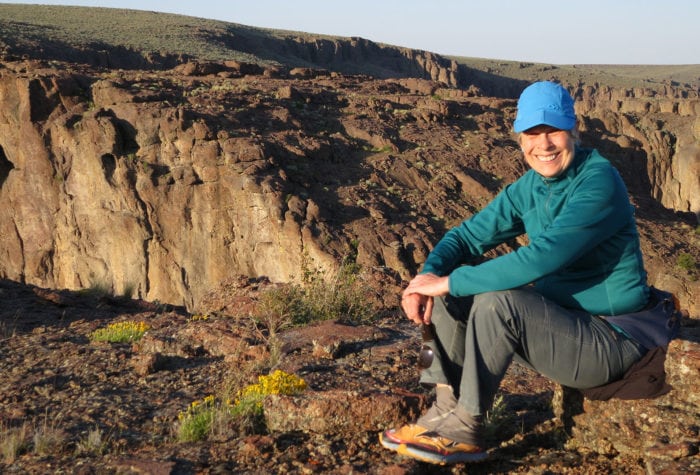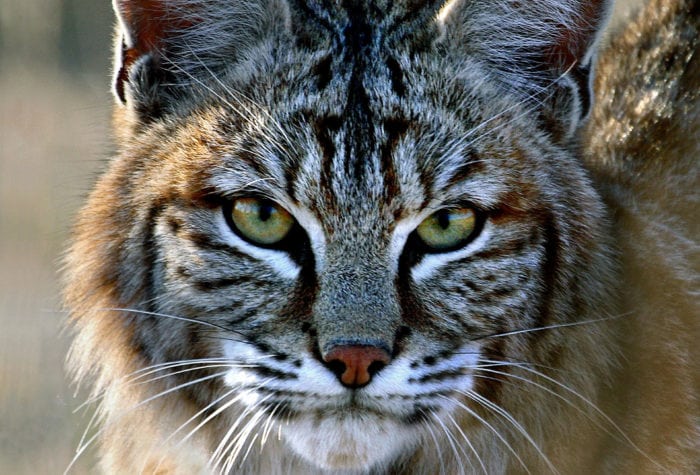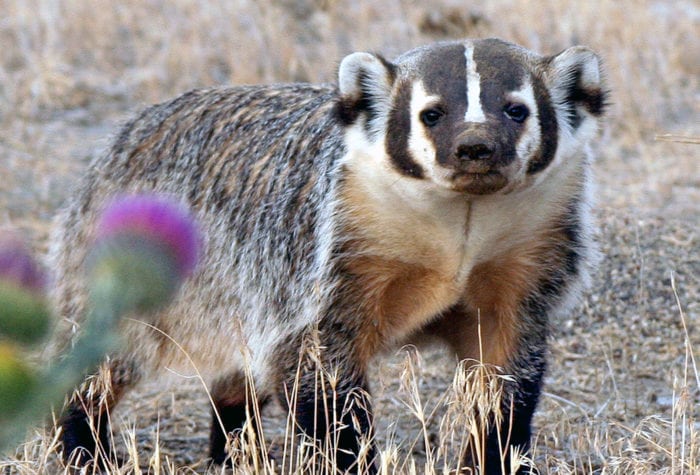Author: Haley Tobiason | Published: October 30, 2023 | Category: Look Back
Reflections from a season of surveying at Lake Abert
Rounding the corner of Oregon’s Highway 395, nestled underneath the towering Abert Rim, a vast, bright blue lake appears, seemingly out of thin air. It would be fair to question one’s eyesight, with such a stark contrast to the otherwise tan and rocky high desert landscape, but this is no mirage. It is Lake Abert, Oregon’s sole salt lake and one of the three hypersaline lakes in the Great Basin. Spanning fifteen miles long and up to five miles wide, the lake is truly a sight to behold, a sight I didn’t even know existed mere weeks before I found myself gazing across it. The lake and I were soon to become quite familiar as I ventured out to its salty shores weekly to survey the abundance and diversity of the migratory birds scattered across its surface. I quickly realized the birds and I had one thing in common: Lake Abert was to be our oasis for the summer.
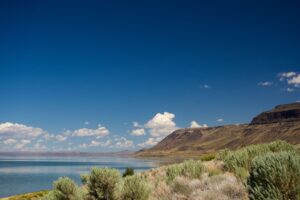
As a class of 2023 graduate from Cal Poly, San Luis Obispo I was eager to put my freshly minted Environmental Management & Protection degree to use at a conservation organization dedicated to protecting, defending, and restoring Oregon’s high desert. Lake Abert is a gem in the vast high desert needing special attention due to unique challenges it faces from fluctuating environmental conditions and land and water resource management decisions.
My role this summer as ONDA’s lucky 2023 Hillis Intern was to support the long-term monitoring efforts of migratory birds that depend on Lake Abert by conducting weekly counts and establishing a survey protocol for future data collection. Due to its abundance of nutrient-dense brine shrimp and alkali flies, the lake is a key location along the Pacific Flyway for migrating birds to stop and refuel on seasonal journeys that can extend over thousands of miles. Understanding when and how these finely adapted species use the lake, with its variable salinity, food availability, and water levels, is incredibly important in order to best protect these bird populations and the ecosystem as a whole. After such a precipitous winter and spring, Lake Abert was fuller this summer than it had been in years. Hopes were high for birds to visit the lake in large numbers following low counts over the past few years of drought conditions.
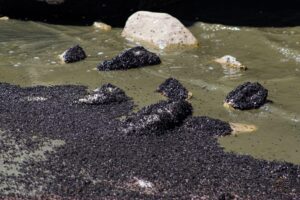
The birds did not disappoint. My first time at the lake, I counted a little more than one hundred, but quickly birds of all shapes and sizes came flocking in to get their fill of the alkali flies that were starting to hatch in the billions. The lake generally has a steady supply of brine shrimp for birds to indulge on, but the alkali flies are the crème de la crème, with double the protein content and pools of them just waiting to be devoured. By mid-July, I was counting over 40,000 birds in one day. The next week, over 41,000, and the week after, 46,203 birds, the most I would survey. American avocets, phalaropes, eared grebes, black-necked stilts, willets, northern shovelers, gulls, and several other species were the stars of the show. Each was distinct in their appearance and feeding patterns but all were happy to feast together at the salty cornucopia.
I had the fortune of witnessing intimate moments in my time surveying birds at Lake Abert. During my first survey, I saw a large murmuration of phalaropes, mesmerized as they flashed their white undersides in their quick and flowing dance over the surface of the lake. While I was dazzled by their display, another species always caught my attention against the others: the black-necked stilt. Tall and gangly, and seemingly dressed to the nines in a tuxedo with vibrant pink boots, the drama of these birds was magnetic. I loved to watch them slink across the shallow waters with their characteristic flair, swooping up their prey with grace and intention. Never squawking about like their orange-capped avocet friends, they stepped around with confidence; they looked good, and they knew it.

Besides finding a new favorite animal, my time out in this special pocket of the high desert gifted me in many and unexpected ways. I learned the importance of the unique ecosystem that is Lake Abert by getting to know the characters that rely on it, watching as tens of thousands of shorebirds and waterfowl coexisted across and around it, getting fat and happy. I feel fortunate to have witnessed such a productive season. Knowing years like this one have become few and far between emphasizes the great need to conserve this key environment to shepherd healthy bird populations and ecosystem functions for the years to come. These birds depend on Lake Abert as their summer desert oasis, and if we let it dry up, many will have nowhere to go. They may never return or recover.
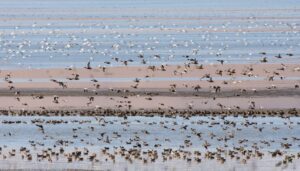
Long hours in the sun, wind, and rain counting birds by ones, fives, tens, hundreds, and even thousands, driving and trekking across the high desert, and photographing these fine feathered friends, has created in me a strong enthusiasm for environmental field work, as well as an understanding of how the small-scale efforts of one individual build to bigger picture conservation and restoration. I feel lucky to have had the opportunity through ONDA to contribute to a shared vision of a healthy, wild and preserved Oregon high desert. I am looking forward to carrying my summer experiences with me –and my newfound appreciation for birding– into my future endeavors as a conservationist and enamored visitor to our extraordinary high desert landscape.
